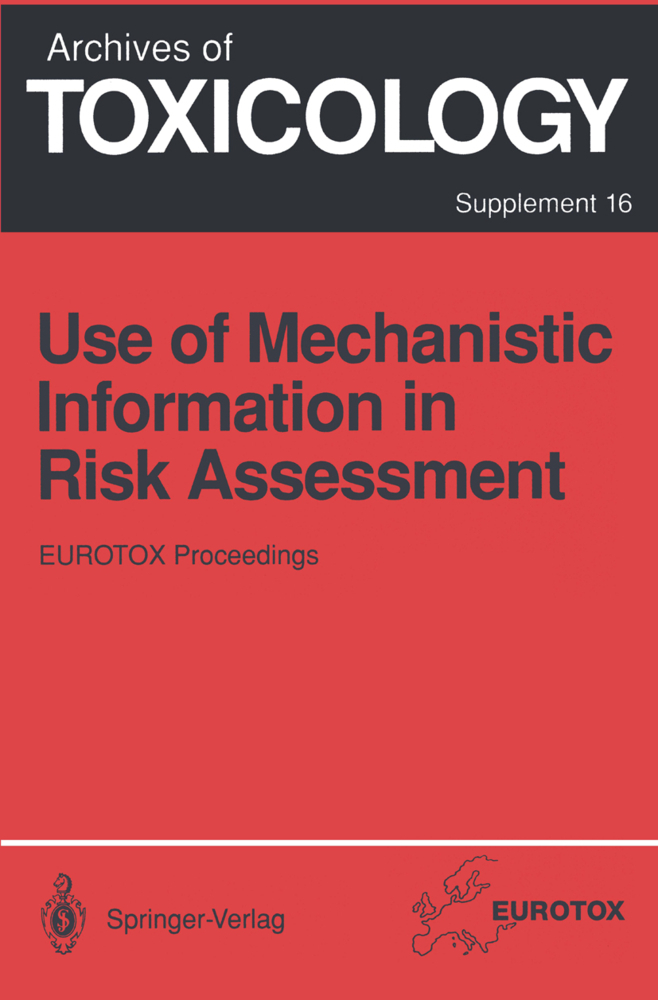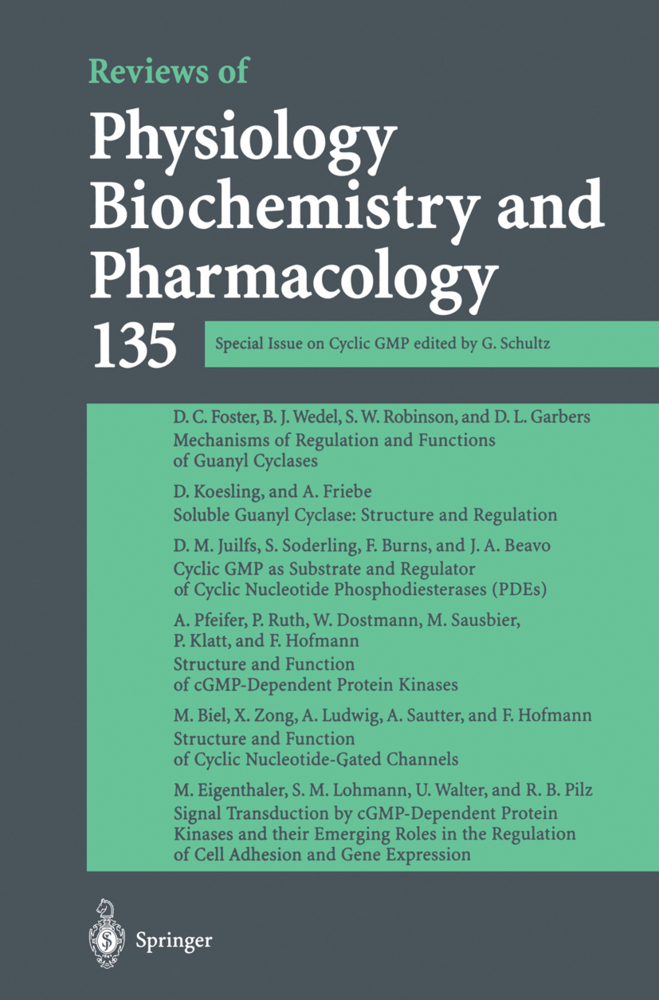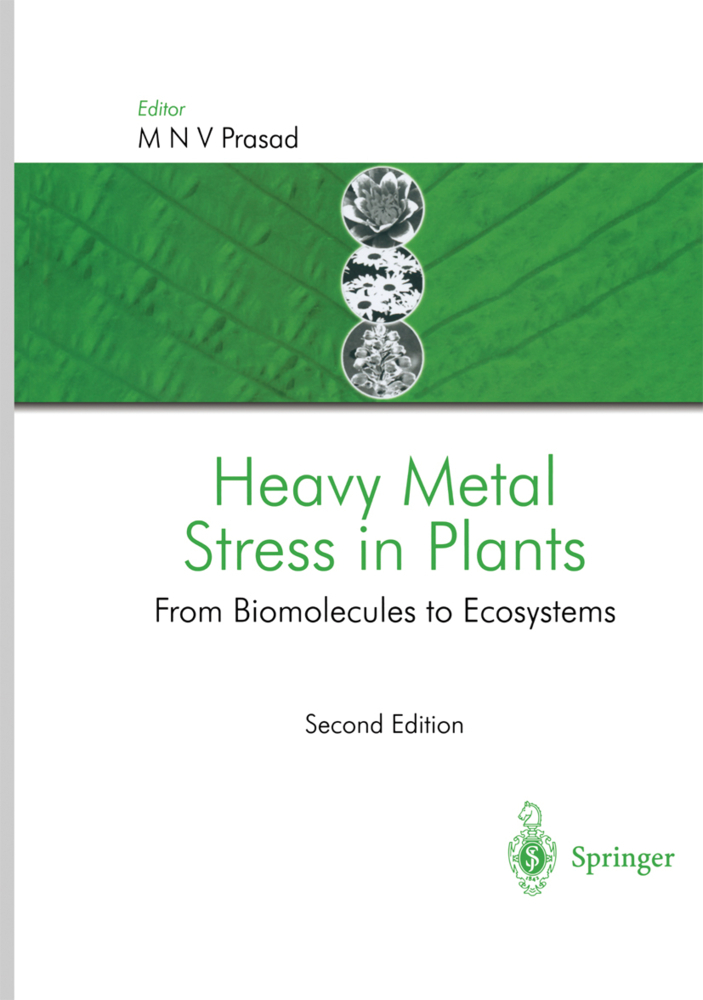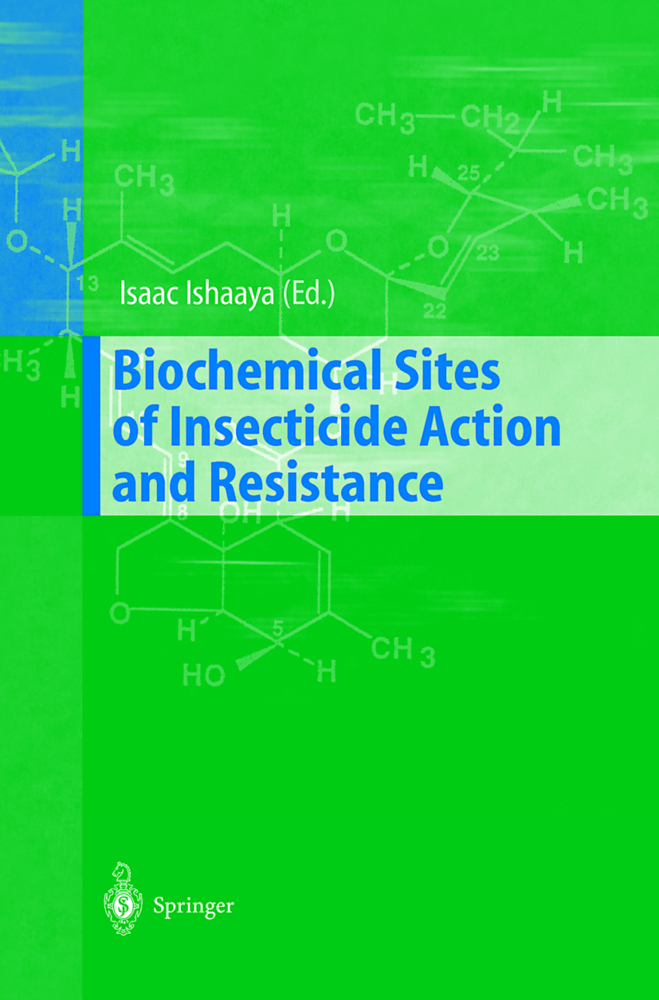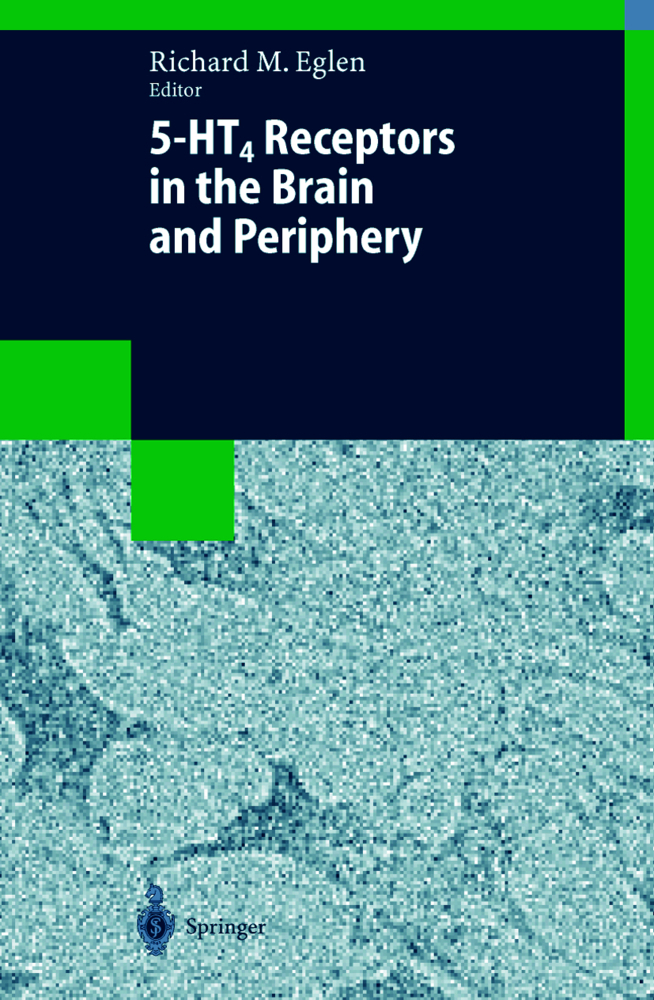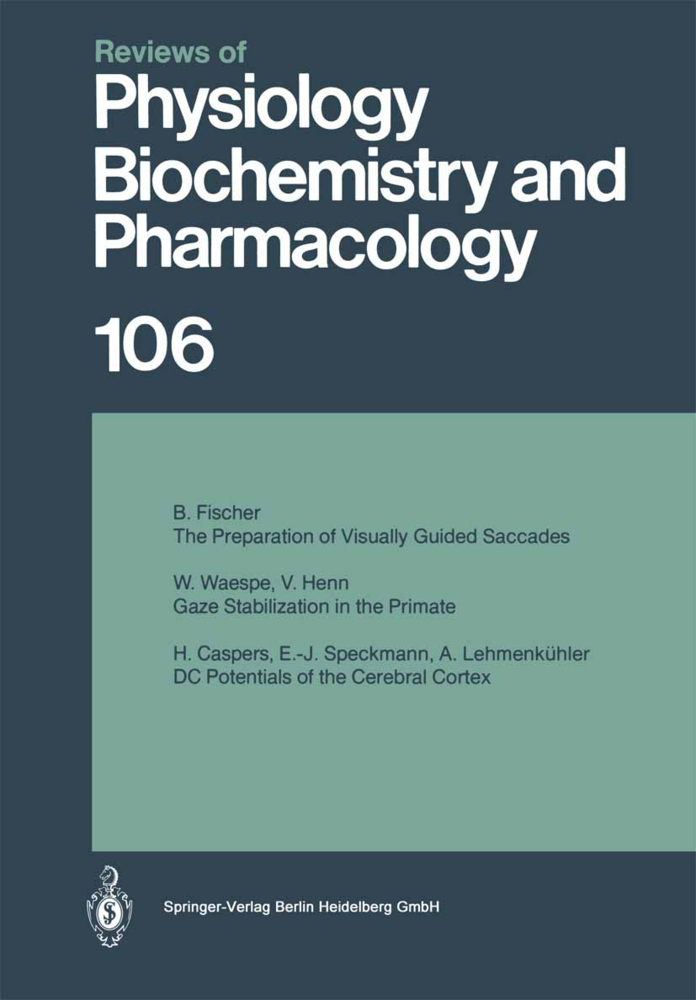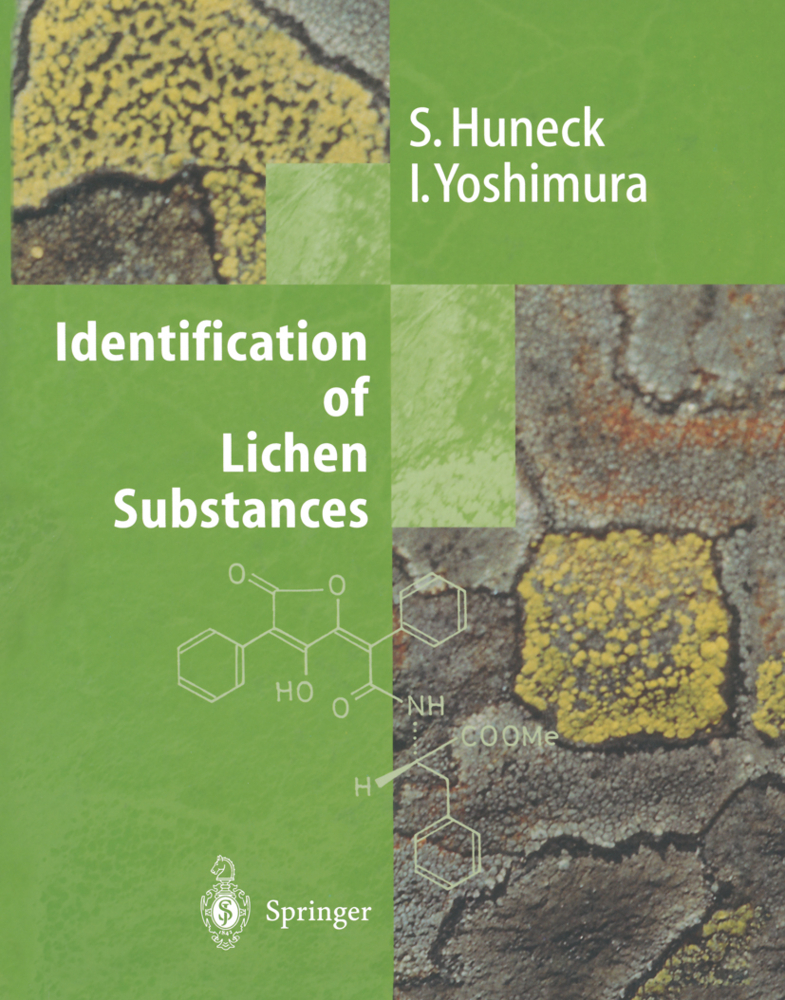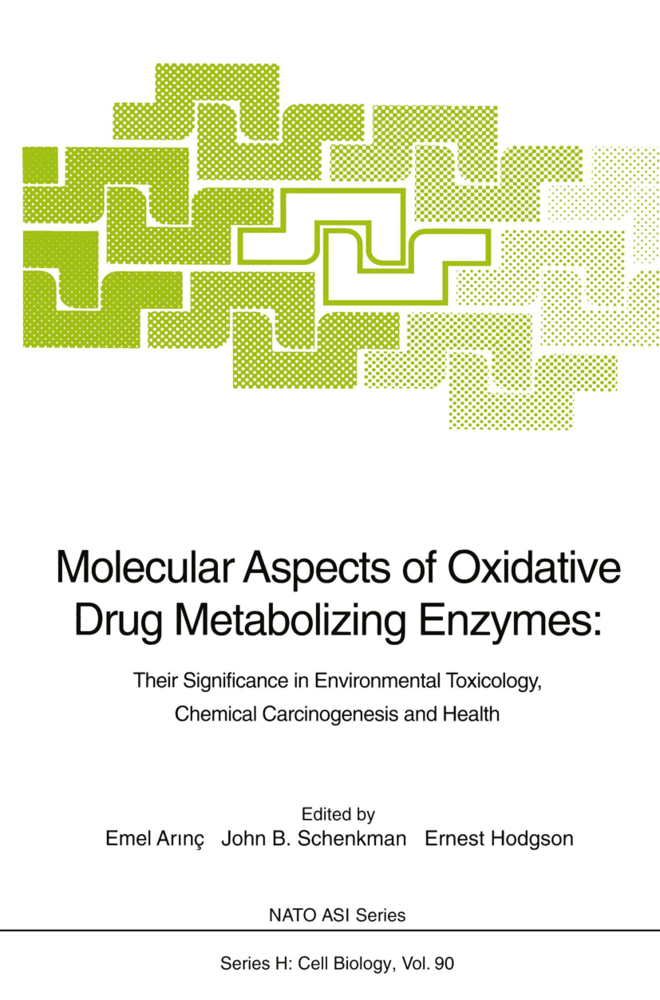Use of Mechanistic Information in Risk Assessment
Proceedings of the 1993 EUROTOX Congress Meeting Held in Uppsala, Sweden, June 30-July 3, 1993
Use of Mechanistic Information in Risk Assessment
Proceedings of the 1993 EUROTOX Congress Meeting Held in Uppsala, Sweden, June 30-July 3, 1993
M. Pliftski Institute of Oceanography, GdaJisk University 46 Pilsudskiego Av. 81-378 Gdynia, Poland 2 The Baltic Sea with 366,000 km is only 0. 1% of the world's oceans but nevertheless, unique in many ways. The Baltic Sea is the largest area of brackish water in the world. As a formation of nature, it is a sea that in many ways resembles a lake. This makes its flora and fauna interesting and well adapted to the brackish water environment. The recent stage of biocoenosis composition is influenced by several features. Historically, during the last glaciation, when the Baltic was sometimes a huge marine bay and sometimes a large, freshwater lake, several ecosystems developed and were successively replaced. The flora and fauna composition of those previous biocoenosis was discovered from the geological layers corresponding to the Yoldic Sea, the Ancylus Lake and the Littorina Sea periods. Recently the marine influence has come from the North Sea water inflow, which greatly affects the salinity of the deep water. The freshwater influence comes from the fluvial water which gives the surface layer a lower salinity value. Salinity in the Baltic regions varies greatly - Gulf of Bothnia 2-4%0, the central Baltic proper 7-13%0, the Kattegat 15-300/00 in the surface water and 32- 34%0 in the bottom water, the Skagerrak 20-300/00 in the surface and 32-35%0 in the bottom water.
Presence and Sources of Pollutants in the Baltic Sea
Interrelationship Between Eutrophication and Effects of Pollutants
Effects of Toxic Metal Pollutants on the Ecology of the Baltic Sea
Effects of Persistent Organic Pollutants on Biota in the Baltic Sea
Human Health Risk Assessment and Risk Perception Related to the Baltic Sea
Contact and Respiratory Sensitisation
Immunoregulation of T Cell-Mediated Skin Hypersensitivity
Test Methods for Contact Sensitisation
Test Methods for Respiratory Sensitisation
Newer Approaches to the Evaluation of Sensitisation Phenomena
Risk Assessment of Sensitizing Agents
Developmental Toxicity
Nuclear Retinoic Acid Receptors and Regulation of Gene Expression
The Role of Retinoids in Normal Development and Retinoid-Induced Malformations
Retinoid Teratogenesis: Toxicokinetics and Structure-Specificity
The Neurochemical Effects of PCB Exposure are Age-Dependent
Risk Estimation and Primary Prevention of Birth Defects
Role of Mechanistic Studies of Toxicity in Risk Assessment
The Role of Mechanistic Studies in Understanding Target Organ Toxicity
Rational Species Extrapolation of Toxic Effects
Predicting the Toxic Dose or Concentration. Is there a Difference?
The Role of Investigative Toxicology in Pharmaceutical Industry
Mechanisms of Metal Toxicity
Metal-Induced Autoimmunity
Genotoxic Effects of Metal Compounds
Toxicokinetics of Drugs
The Importance of Exposure Measurements in Risk Assessment of Drugs
The Impact of Genetic Polymorphisms in Risk Assessment of Drugs
Kinetic Analysis Using Positron Emission Tomography
The Application of Modelling in Toxicokinetics
Alterations in Kinetic Parameters Resulting in Modification ofToxicity
Mechanisms of Carcinogenicity and Risk Assessment
Importance of Genetic Alterations in Tumour Development
Transgenic Mouse Models in Chemical Carcinogenesis Studies
Cell Proliferation and Cell Death in Rat Liver Carcinogenesis by Chemicals
Use of Mechanistic and Other Data in Identifying Carcinogens: A Review Based on the IARC Monographs Programme
Late Manuscripts
Developmental Toxicity - Magnitude of the Problem
Health Problems Related to Respiratory Sensitisation
Young Scientists Poster Award
Neonatal Exposure to the Organophosphate DFP Induces Changes in Behaviour and Muscarinic Receptor Density in the Adult Mous.
Baltic Sea Pollution
Ecology of the Baltic - IntroductionPresence and Sources of Pollutants in the Baltic Sea
Interrelationship Between Eutrophication and Effects of Pollutants
Effects of Toxic Metal Pollutants on the Ecology of the Baltic Sea
Effects of Persistent Organic Pollutants on Biota in the Baltic Sea
Human Health Risk Assessment and Risk Perception Related to the Baltic Sea
Contact and Respiratory Sensitisation
Immunoregulation of T Cell-Mediated Skin Hypersensitivity
Test Methods for Contact Sensitisation
Test Methods for Respiratory Sensitisation
Newer Approaches to the Evaluation of Sensitisation Phenomena
Risk Assessment of Sensitizing Agents
Developmental Toxicity
Nuclear Retinoic Acid Receptors and Regulation of Gene Expression
The Role of Retinoids in Normal Development and Retinoid-Induced Malformations
Retinoid Teratogenesis: Toxicokinetics and Structure-Specificity
The Neurochemical Effects of PCB Exposure are Age-Dependent
Risk Estimation and Primary Prevention of Birth Defects
Role of Mechanistic Studies of Toxicity in Risk Assessment
The Role of Mechanistic Studies in Understanding Target Organ Toxicity
Rational Species Extrapolation of Toxic Effects
Predicting the Toxic Dose or Concentration. Is there a Difference?
The Role of Investigative Toxicology in Pharmaceutical Industry
Mechanisms of Metal Toxicity
Metal-Induced Autoimmunity
Genotoxic Effects of Metal Compounds
Toxicokinetics of Drugs
The Importance of Exposure Measurements in Risk Assessment of Drugs
The Impact of Genetic Polymorphisms in Risk Assessment of Drugs
Kinetic Analysis Using Positron Emission Tomography
The Application of Modelling in Toxicokinetics
Alterations in Kinetic Parameters Resulting in Modification ofToxicity
Mechanisms of Carcinogenicity and Risk Assessment
Importance of Genetic Alterations in Tumour Development
Transgenic Mouse Models in Chemical Carcinogenesis Studies
Cell Proliferation and Cell Death in Rat Liver Carcinogenesis by Chemicals
Use of Mechanistic and Other Data in Identifying Carcinogens: A Review Based on the IARC Monographs Programme
Late Manuscripts
Developmental Toxicity - Magnitude of the Problem
Health Problems Related to Respiratory Sensitisation
Young Scientists Poster Award
Neonatal Exposure to the Organophosphate DFP Induces Changes in Behaviour and Muscarinic Receptor Density in the Adult Mous.
Bolt, Hermann M.
Hellman, Björn
Dencker, Lennart
| ISBN | 978-3-642-78642-6 |
|---|---|
| Artikelnummer | 9783642786426 |
| Medientyp | Buch |
| Auflage | Softcover reprint of the original 1st ed. 1994 |
| Copyrightjahr | 2012 |
| Verlag | Springer, Berlin |
| Umfang | VIII, 312 Seiten |
| Abbildungen | VIII, 312 p. |
| Sprache | Englisch |

